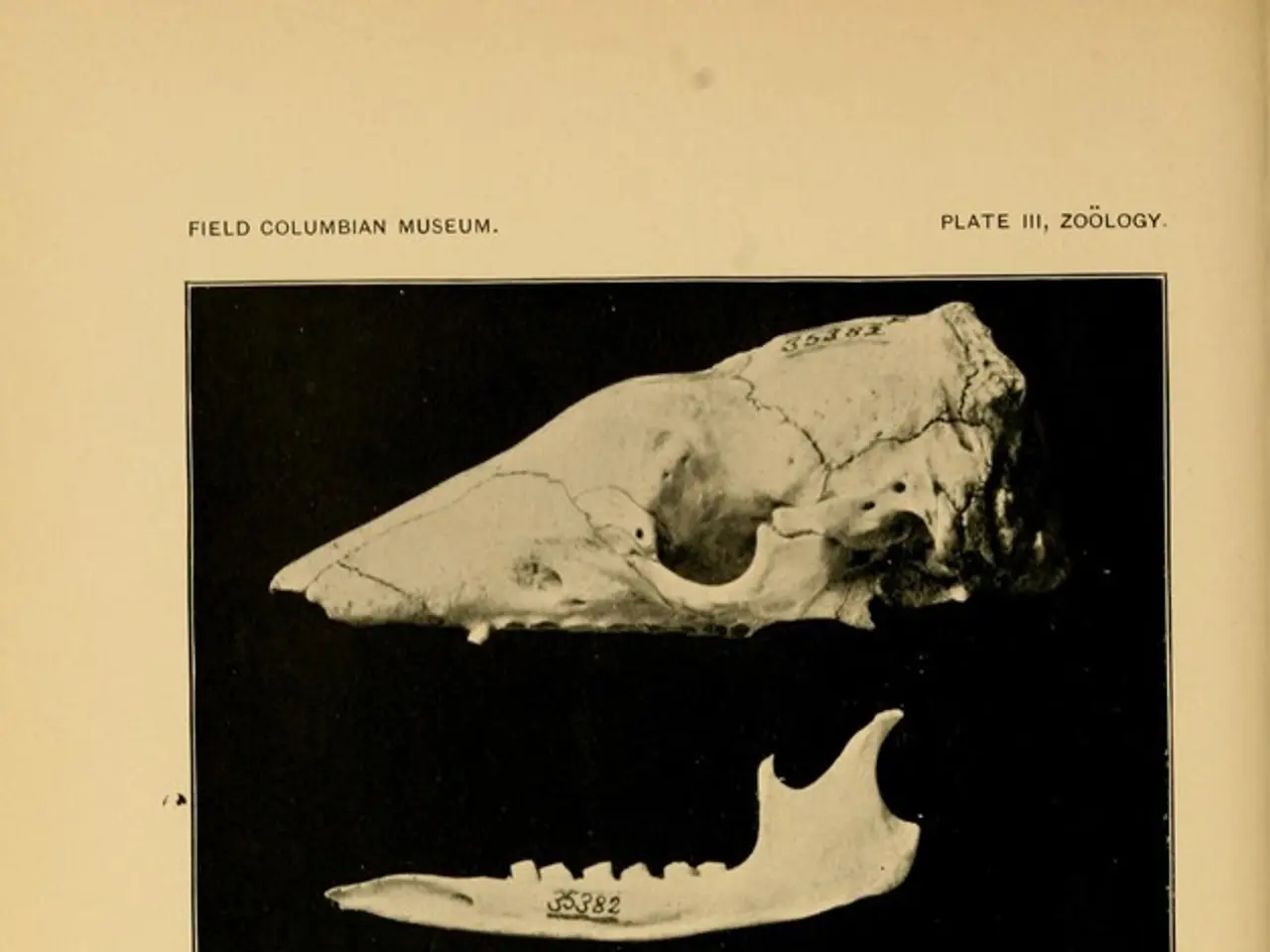Number of Bones Found in Newborn Infants
Pregnancy and the early stages of a baby's life are crucial periods for bone development. Dr. Matthew Badgett, MD, a pediatrician, explains the basics of baby bones and how to keep them healthy.
In the womb, a baby's bones begin forming in the first trimester, and the bone-fusing process continues until the child reaches puberty or shortly after. A newborn has between 275 to 300 bones, while most adults have 206, as many of the baby's bones are initially separate and later fuse together during growth.
Babies are born with five major skull bones that allow the skull to mold during delivery. The fontanelle, the soft spot on top of a baby's head, is a space between the skull bones where they grow together. As the child grows, the fontanelle gradually closes within the first year or two of life as the baby develops a solid, hard skull.
Many baby bones start as cartilage, which is tough yet rubbery. This flexibility is beneficial, as it allows the baby to perform tasks such as curling up in the womb and passing through the birth canal. The process of ossification, where baby bones fuse and harden, occurs as a child grows.
Vitamin D is essential for baby's bone health. Formula provides adequate vitamin D, but breast milk tends to be low. If breastfeeding, ask the baby's provider about vitamin D drops for the baby. Pregnant women might need a vitamin D supplement; consult with a provider about the right amount. Pregnancy and childbirth require a malleable, flexible baby, so calcium deficiency during pregnancy could lead to bone loss later in life.
Physical activity is crucial for baby's bone development and health. Tummy time and active play are essential for building strength needed for crawling and walking. Teach children healthy habits for long-term bone health benefits. As the child grows, physical activity, vitamins, and minerals are essential for preventing bone thinning.
Dairy products, calcium-fortified plant-based milks, beans, leafy greens, and prenatal vitamins are good sources of calcium. Pregnant women must replenish calcium lost for the fetus's bone development. Bones are living tissue and continuously generate new bone throughout life, so maintaining a balanced diet rich in calcium is essential for overall bone health.
In conclusion, understanding baby bones and their development is crucial for ensuring a healthy start in life. By following these guidelines, parents can help their children build strong, healthy bones that will serve them well throughout their lives.
Read also:
- Peptide YY (PYY): Exploring its Role in Appetite Suppression, Intestinal Health, and Cognitive Links
- Toddler Health: Rotavirus Signs, Origins, and Potential Complications
- Digestive issues and heart discomfort: Root causes and associated health conditions
- House Infernos: Deadly Hazards Surpassing the Flames








